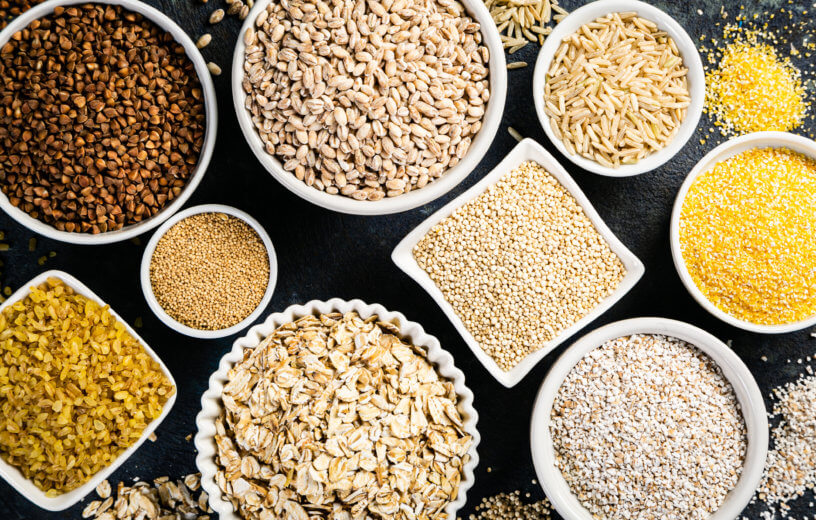GOTHENBURG, Sweden — We’re often told it’s important to consume whole grains as part of a healthy, balanced diet, particularly when it comes to avoiding diabetes. But whole grains come in various forms — from oatmeal to quinoa to brown rice. So does it matter what type of whole grain we eat? Swedish and Danish researchers tackled this very question and concluded that any whole grain will do when it comes to protection against diabetes.
The study, conducted by researchers from the Chalmers University of Technology and the Danish Cancer Society Research Center, identified how different types of whole grains affect diabetes prevention. The authors calculated how much whole grain foods individuals should eat to help ward off the condition.
“Most studies similar to ours have previously been conducted in the USA, where people mainly get their wholegrain from wheat,” explains senior researcher Rikard Landberg, Professor in Food and Health at Chalmers University of Technology, in a statement. “We wanted to see if there was a difference between different cereals. One might expect there would be, because they contain different types of dietary fibre and bioactive substances, which have been shown to influence risk factors for type 2 diabetes.”
Landberg and his team conducted the study in Denmark because there is a wide variation among people in their whole-grain intake. They show no difference in diabetes risk reduction in which type of whole-grain foods the participants ate. Rye bread, oatmeal, and muesli, for example, all offer the same protection against type-2 diabetes, sometimes referred to as adult-onset diabetes.
More important is how much whole grain foods people eat each day. It’s recommended by Swedish health officials to eat 70 grams of whole grain foods a day for women. For men, that number rises to 90 grams.
The study uses data from a 15-year study in Denmark with about 55,000 participants in all. Participants were divided into four different groups based on how much whole grain they reported eating. Those with the highest consumption level say they consume at least 50 grams each day. That group shows the lowest rates of type-2 diabetes. Overall, the risk of developing diabetes in this segment is 34% lower for men and 22% lower for women, compared to those in the lowest whole grain consumption group.
“Our results are in line with dietary advice, which recommends switching out foods containing white flour for wholegrains,” said Landberg. “You get extra health benefits – white flour has some negative effects on health, while wholegrain has several positive effects, beyond protection against type 2 diabetes.”
Wholegrains contain all three main parts of the grain kernel, which are the endosperm, germ, and bran. People can derive benefits from both loose grains and wholegrain flour. Some examples include oatmeal, rye, wheatberries, bulgur, and wholegrain couscous. Bread and pasta can be beneficial but may contain different amounts of wholegrains. Dr. Landberg and his team recommended eating cereals like wheat, rye, oats, corn, maize, rice, millet, and sorghum to help head off type 2 diabetes.
The study was published in The Journal of Nutrition.
Like studies? Follow us on Facebook!
